What happens during a season
at the highest medical pop-up on Earth?

May 25, 2022
With increasing numbers of ambitious mountaineers flocking to the Himalaya to summit Everest each year, the need for accessible and high quality medical care has become more important than ever. Rescue missions are dangerous for all parties involved, but rapid access to medical assistance regularly saves lives. Due to the high altitude and weather, helicopters can only access the mountains in the daylight and good weather windows, further highlighting the need for nearby healthcare. Enter Everest ER: a volunteer run, nonprofit, seasonal medical outpost residing at Everest Base Camp.
The founder of Everest ER, Dr. Luanne Freer, got her start in this region volunteering at the Nepali/USA Himalayan Rescue Association (HRA) Pheriche Aid Post in 2002. While volunteering at the HRA’s Pheriche Aid Post in 2002, Luanne recognized that there was a need for formal medical assessment and care at Everest Base Camp. She established Everest ER the next year with a mission to provide compassionate high quality healthcare and preventative education to the climbing community, their support staff and the trekking-thru public in Everest Base Camp, using proceeds to subsidize care for the indigenous people of Nepal.
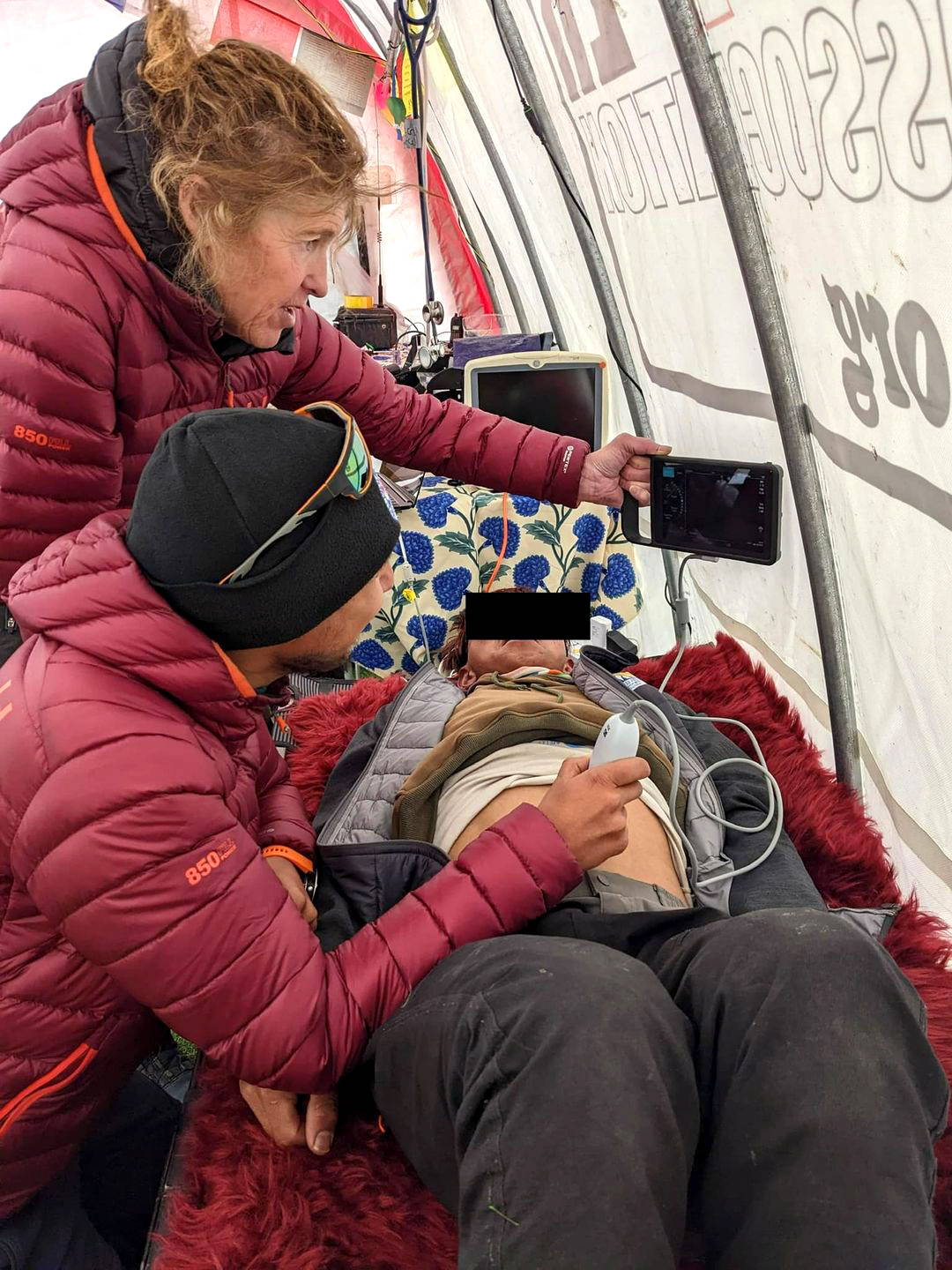
Dr. Luanne Freer with patient at Everest ER.
Thanks to the Nepali/USA Himalayan Rescue Association (HRA), Dr. Luanne Freer and others, affordable and expert wilderness medical aid has been available at the Everest Base Camp for the past 19 years. Everest ER operates each year during the spring climbing season, and is staffed by local & international volunteer medical professionals united to serve the climbing & Nepali communities. The demands placed on this team are unique - and every year, the deaths of climbers on Everest and the other 8000m peaks are increasingly broadcast to the collective horror of armchair critics world-wide. What is not as regularly announced are the deaths of trekkers, still at high altitude but without plans for a summit bid.
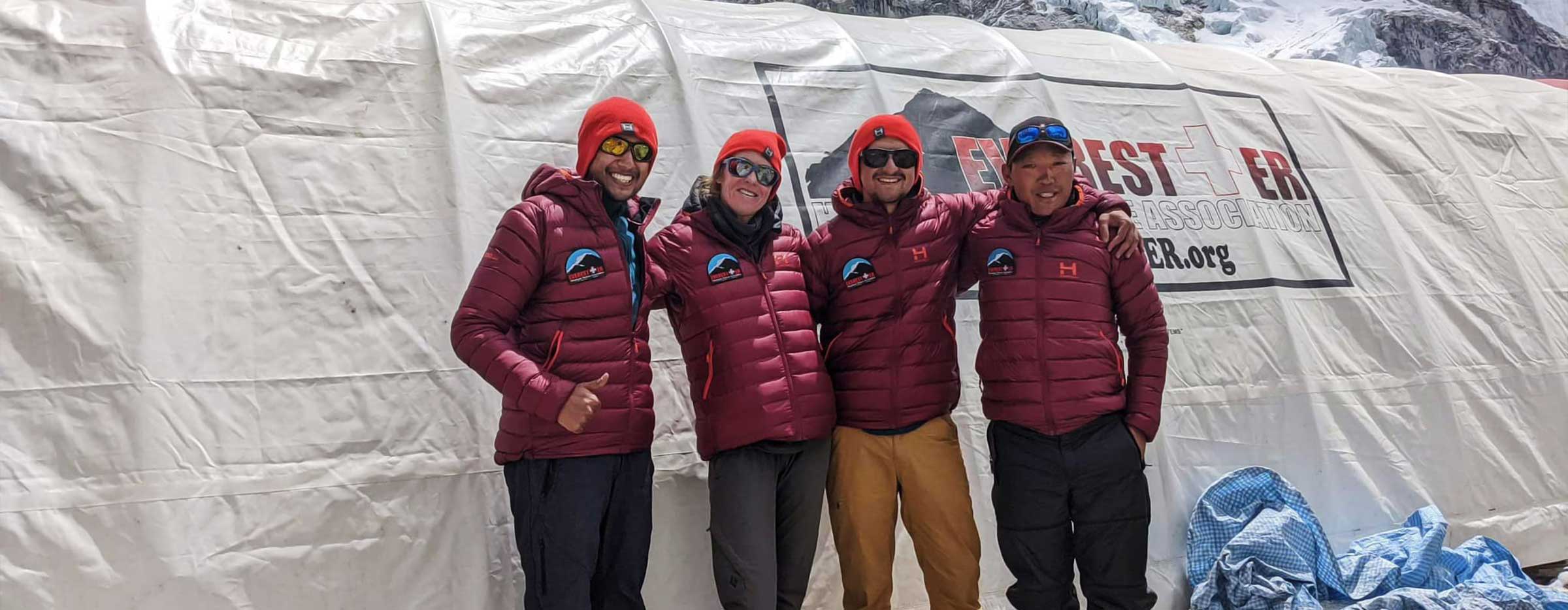
2022 Everest ER medical team.
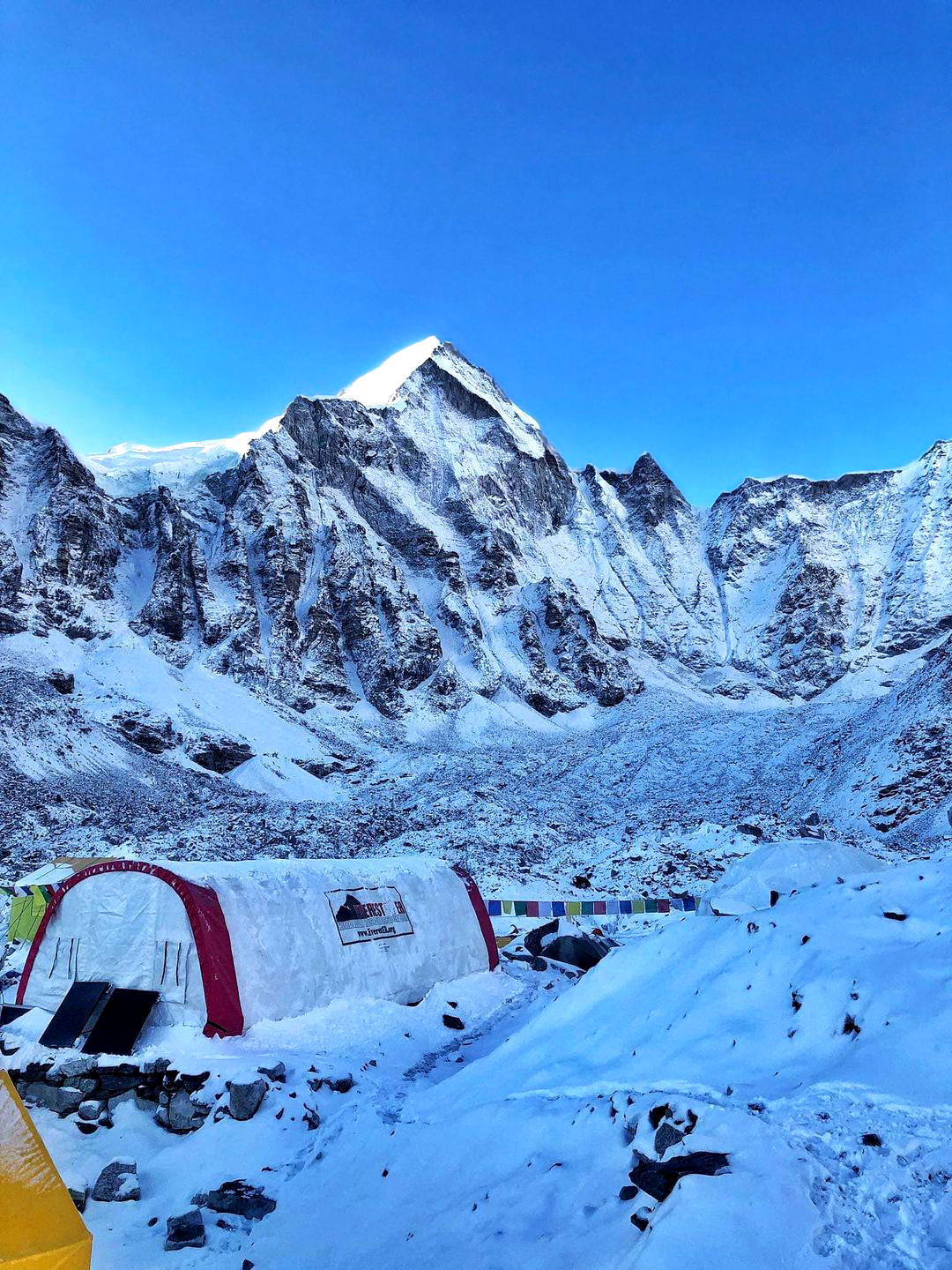
Everest ER tent at Everest base camp.
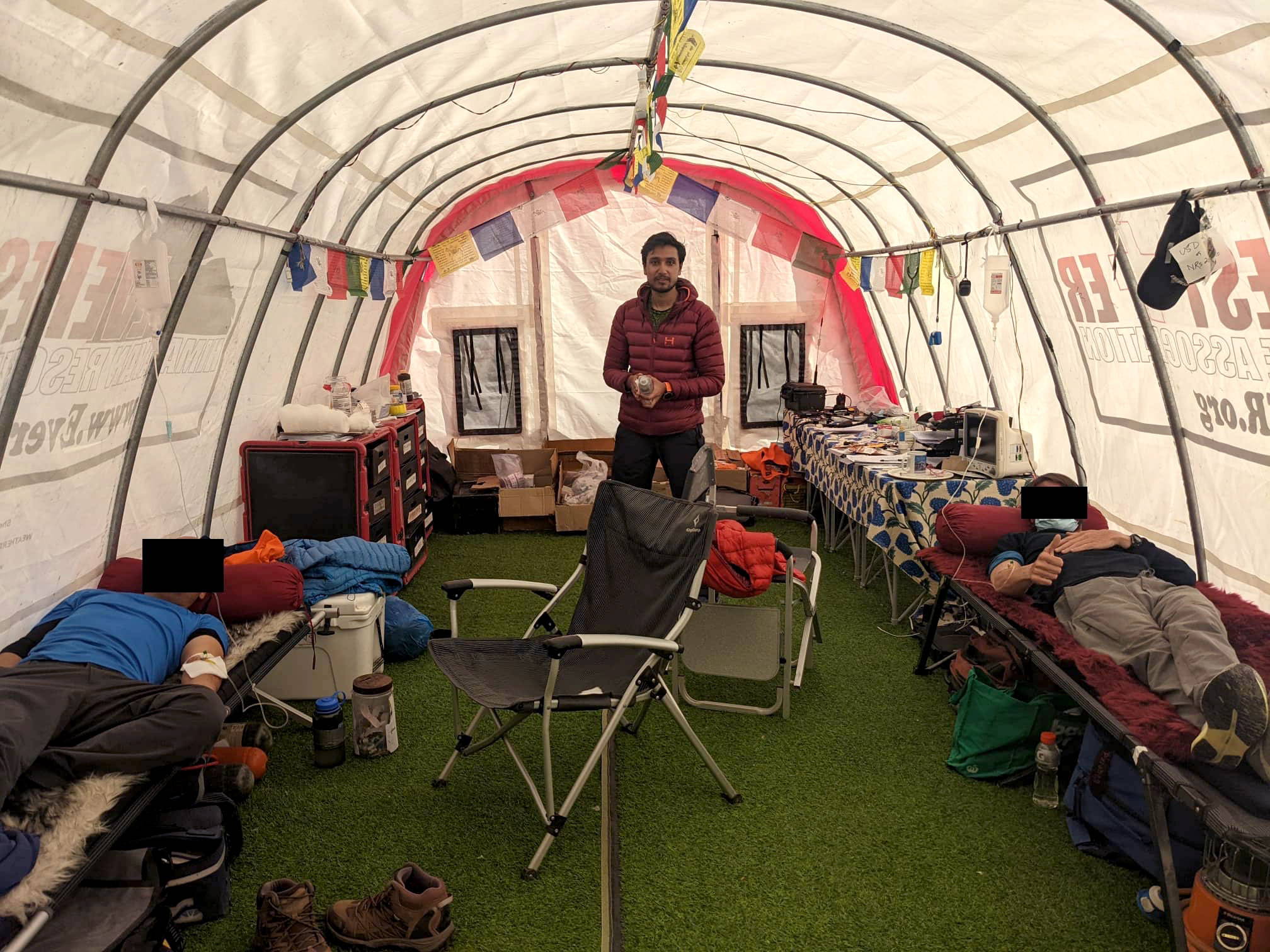
Everest ER Dr. Pat at work.
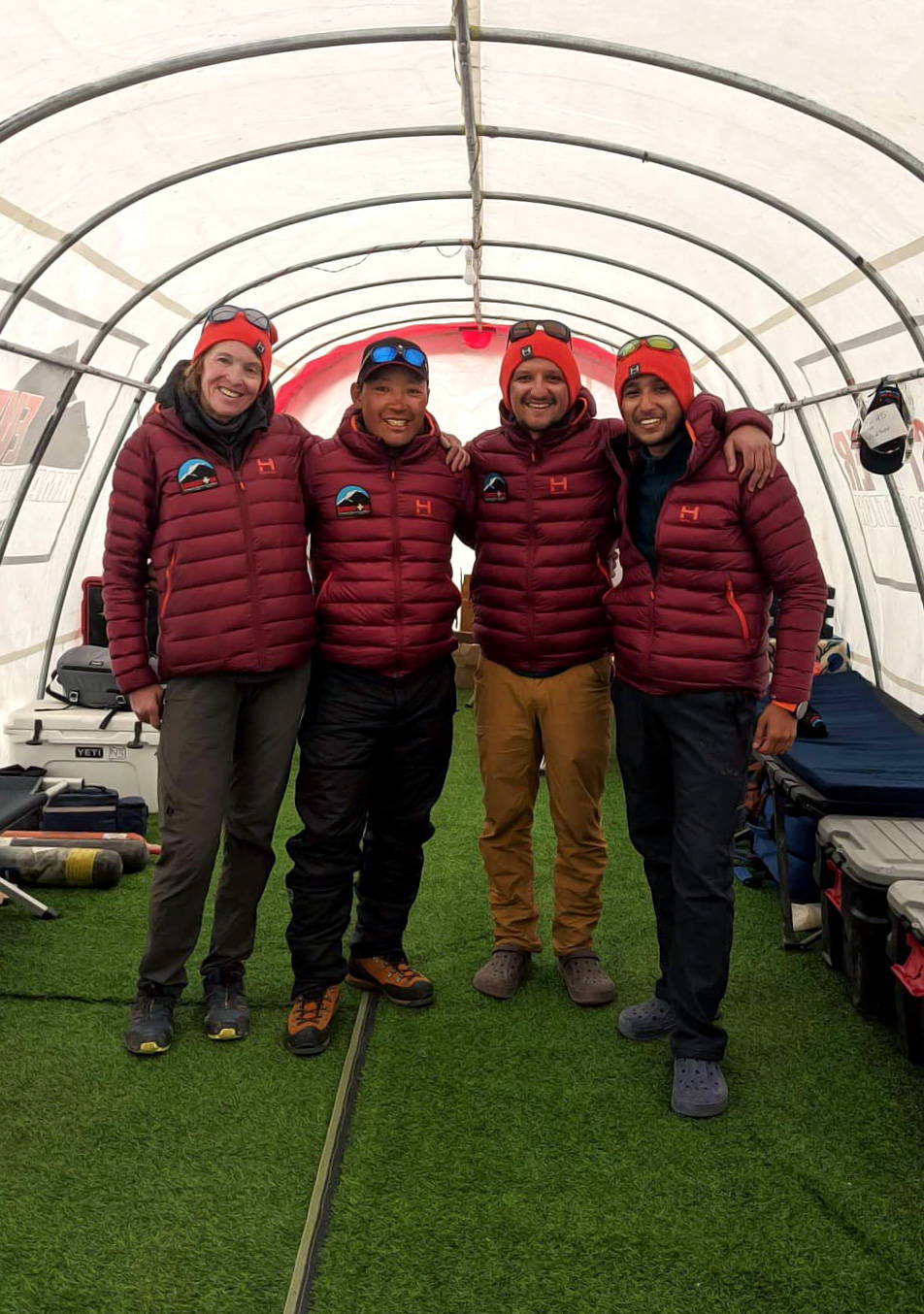
2022 Everest ER medical team.




